If you love small animals and are considering getting a guinea pig in addition to a hamster, you may be wondering to yourself: Can guinea pigs and hamsters live together?
Despite being some of the cutest little critters ever, guinea pigs and hamsters should never be kept together! They have different lifestyles that they prefer, and have different temperaments! They just wouldn’t get along, and forcing them to live in the same enclosure would not go well.
Differences in Diet Requirements
While both guinea pigs and hamsters eat mostly fruits and vegetables, both have some differences in food preferences. For example, hamsters prefer seeds, which they can store for when they actually need it, and can hold and transport food in their cheeks. Guinea pigs are not able to do this, and therefore need to feed constantly.
As you know, guinea pigs need a constant supply of hay to munch on in between their fresh fruits and vegetables and their pellets, and they also need lots of sources of vitamin C in their diet in order to prevent scurvy. If you want more information on what kinds of fruits and vegetables that guinea pigs can eat, check out our Vegetable Master List and our Fruits Master List for nutritional facts and portioning.
In general, hamsters are territorial over everything that they believe is theirs, so keeping guinea pigs and hamsters together and having to feed them would prove to be a challenge. It wouldn’t be as simple as setting a bowl of fresh produce in the enclosure and letting them have at it. The hamster will see the food as theirs, and could be aggressive if you’re piggies try to share.
Differences in Temperament
Guinea pigs are super social—they’re naturally herd animals, meaning they thrive when they have companionship! Living with a friend or two, or three (the more the merrier) helps guinea pigs in so many aspects of their quality of life.
By having companionship, guinea pigs’ minds are constantly stimulated and it encourages them to stay active. They can follow each other around, cuddle, share their favorite foods and cuddle their humans together! And similar to their humans, having their friends around them keeps them happy.
On the other hand, hamsters are quite independent little critters. They prefer to be alone and don’t like to have their territory infringed upon.
Even in fiction, this has been touched upon! If you’ve seen G-Force (2009) and read our movie review, you’ll remember that when the guinea pigs are placed in a cage alongside a hamster, he’s quite aggressive about what areas the piggies are allowed to be in, telling them to stay outside the border he creates between himself and them.
This isn’t too far off from what would happen in real life between guinea pigs and hamsters. The big difference is that they wouldn’t be talking to each other using human language! Hamsters are quite the biters, and there’s a chance they’d attack and bite if they felt threatened.
Differences in space requirements
If you’re already a piggy parent, you know that according to the Humane Society, one guinea pig needs a minimum of 7.5 square feet of space, but because they require companionship, they actually need 10.5 square feet at minimum for two guinea pigs.
Hamsters on the other hand only need around 2 square feet of space. Imagine an aggressive little hamster commanding that it gets more of that shared space than the guinea pig! It wouldn't be fair, and it would cause harm to the guinea pigs and their ability to be active and healthy.
Differences in Sleeping Habits
Guinea pigs are neither nocturnal or diurnal, and they’re up and doing their thing at any time of the day while taking very brief naps in between.
On the other hand, hamsters are known to be nocturnal and are very active at night. They’ll eat, run on their exercise wheels, and go about their other usual hamster activities.
As we know, guinea pigs are quite easily scared and startled by all types of noise. Guinea pigs are naturally prey animals, which is why they’re so alert and on edge all the time—they’re always on alert for any potential dangers. If they’re scared, they won’t sleep. All animals, including humans need sleep of some kind to help them function. Fear caused by hamsters will cause the guinea pigs to be sleep-deprived.
Differences in bedding
Are the types of bedding that are used for guinea pigs and hamsters technically similar? Yes, if you’re talking about wood shavings. However, we’ve done an entire blog post on why different types of bedding aren’t great for guinea pigs and their health, which you can read here.
Hamsters use Aspen shavings, which is the only wood-based shaving that is safe for hamsters. However, if you read the blog post we linked above, you’ll see why this bedding is unideal for guinea pigs and why fleece bedding, specifically GuineaDad Premium Liners and GuineaDad Liners (both fleece liners) are best for guinea pigs and their cages. Specifically, wood shavings can be harmful to guinea pigs because of the dust that is bad for their respiratory systems and could put them in danger of infections.
Hamsters tend to burrow and chew on things, so something like a fleece liner would not be ideal for their living areas. This fact alone makes guinea pigs and hamsters pretty incompatible!
Final thoughts
Guinea pigs and hamsters shouldn’t live together! Unfortunately too many of their living requirements aren’t compatible, and their personalities and temperaments wouldn’t mesh well either. Hamsters are far too territorial and independent to tolerate the company of guinea pigs, and guinea pigs are too social to get along well with these aggressive little critters.
Similar to if your family already owns cats and/or dogs, it’s best to keep these animals living in different parts of your home and away from your guinea pigs. For more information on whether guinea pigs can live with other pets, read this blog post.
If you’d like to have guinea pigs and a hamster, it’s best to keep them separate to prevent putting either of them in danger and to keep both types of furballs comfortable!









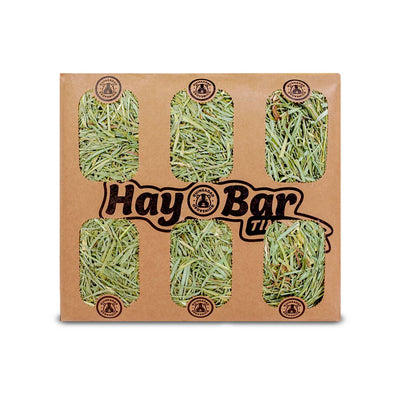
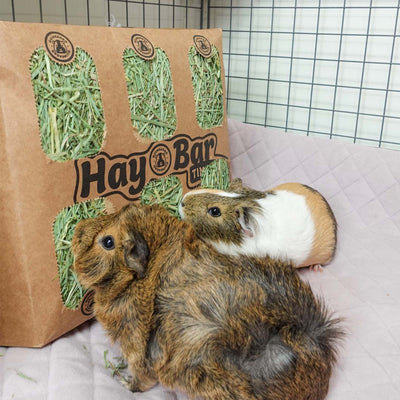

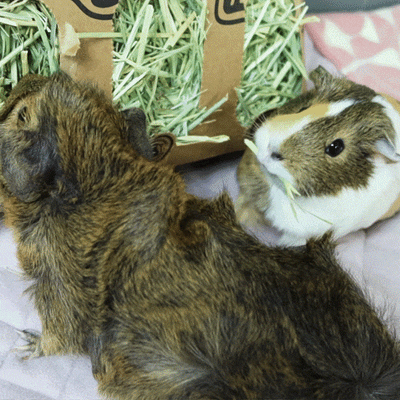


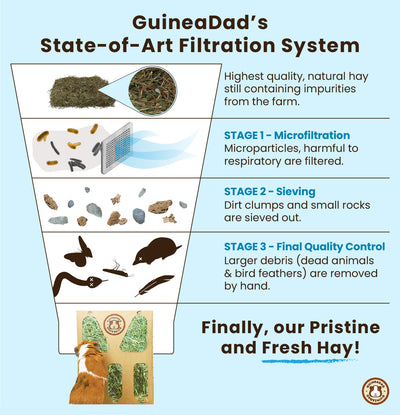
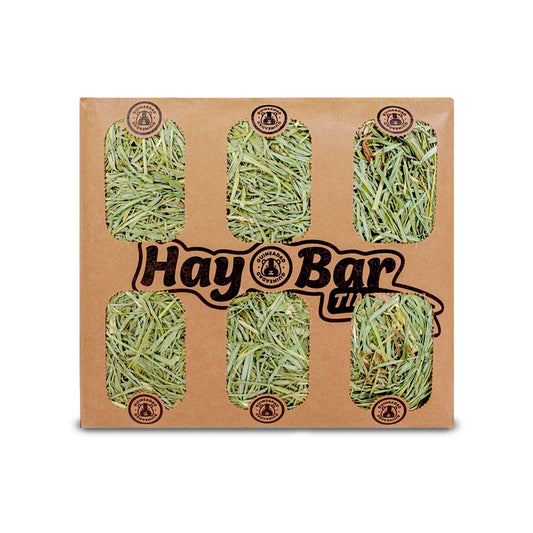

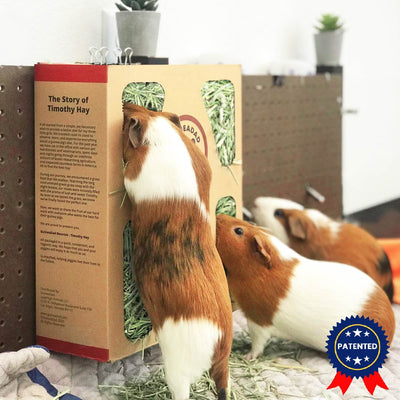
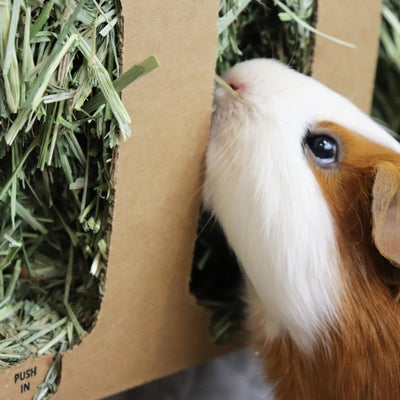
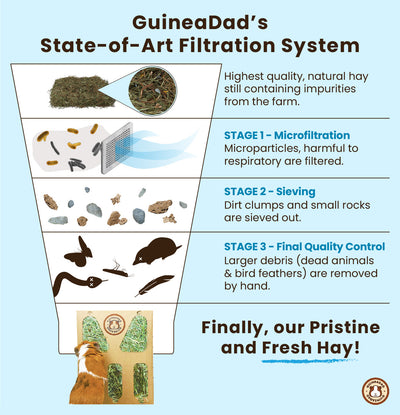
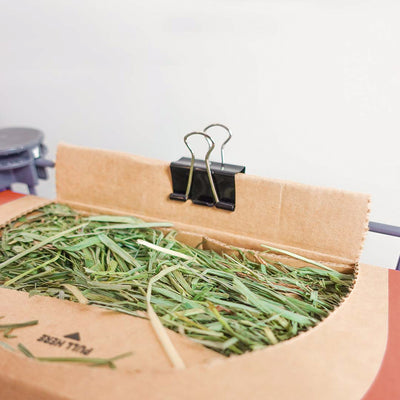
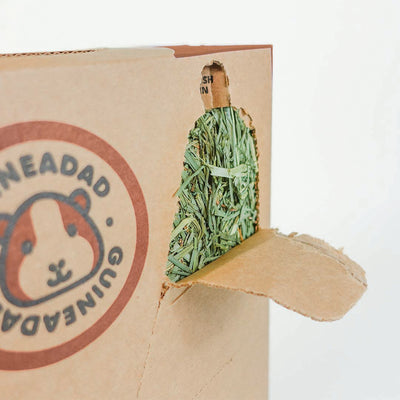
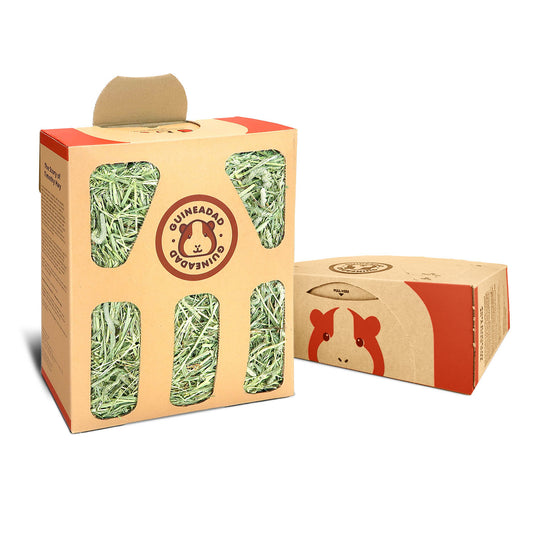



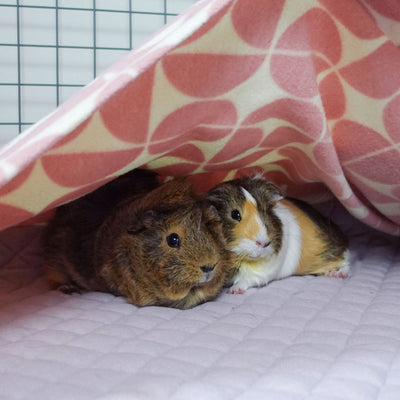
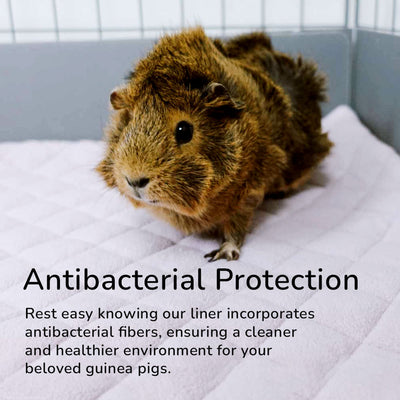









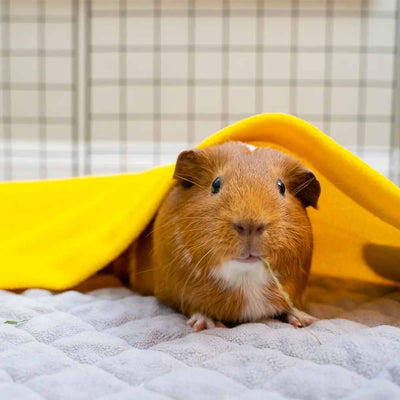
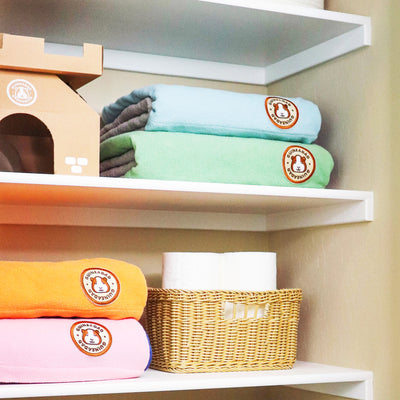
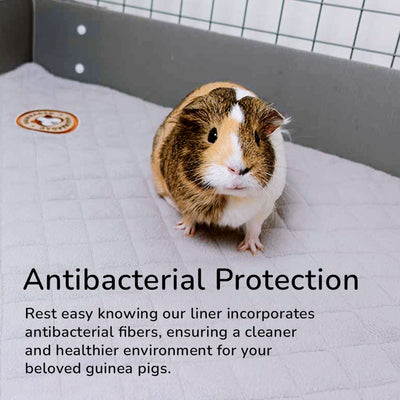





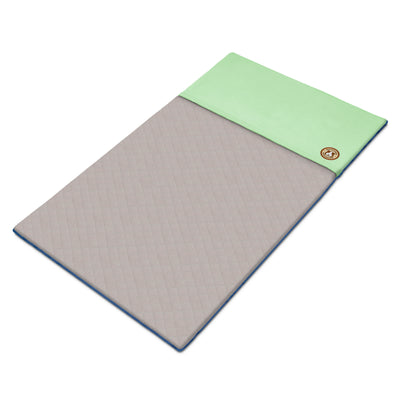













1 comment
Do you have hamsters for sale?